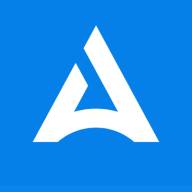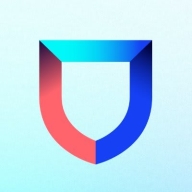

Lacework FortiCNAPP and Drata are competing products in the cloud security and compliance space. Drata seems to have the upper hand due to its streamlined compliance management features.
Features: Lacework FortiCNAPP offers extensive security threat detection and response capabilities with robust analytics tools, agent-based vulnerability management, and continuous compliance monitoring. In contrast, Drata provides compliance automation, simplifying audits with control management features, integration with cloud services and HR systems, and real-time security posture management.
Room for Improvement: Lacework FortiCNAPP could improve by simplifying its deployment process, reducing initial costs, and enhancing ease of use. Drata may need to advance its basic software capabilities, reduce the upsell cost for advanced features, and offer more security-specific enhancements besides compliance improvement.
Ease of Deployment and Customer Service: Drata is noted for its rapid, straightforward deployment and highly responsive customer service, ensuring smooth integration. Lacework FortiCNAPP, while more complex to deploy, compensates with detailed guidance and supportive customer service to help users leverage its deep security features effectively.
Pricing and ROI: Lacework FortiCNAPP requires a significant initial investment but promises high ROI due to its comprehensive security solutions. Drata, with lower upfront costs and a focus on compliance, offers value to businesses seeking affordable investments in regulatory adherence. Exact pricing details are not given, but Drata's cost effectiveness in compliance features offers an appealing option for cost-conscious organizations.


Drata is a powerful tool for automating compliance processes, effectively reducing audit preparation time and continuously monitoring security controls. It is highly valued for its ability to integrate seamlessly with existing tech stacks and manage security for remote teams, ensuring adherence to standards like SOC 2 and HIPAA. Drata enhances organizational efficiency, improves workflows, and supports real-time compliance monitoring, making compliance management less stressful and more accurate.
Lacework FortiCNAPP provides robust cloud security, combining vulnerability management and multi-cloud insight with user-friendly controls, machine learning detection, and compliance support.
Lacework FortiCNAPP specializes in cloud security by merging machine learning anomaly detection with agent-based vulnerability management to offer detailed alerts and compliance reports. Its comprehensive approach allows continuous monitoring across AWS and Kubernetes, providing insights from an attacker's perspective. The platform offers automation and seamless Slack integration, facilitating collaborative and efficient cloud security management. Users value its ability to handle multi-cloud environments and scan IAC scripts, configurations, and compute nodes across AWS and GCP.
What are the key features?Organizations across sectors leverage Lacework FortiCNAPP for cloud security, focusing on compliance, security posture, and vulnerability management. It is widely used for monitoring AWS and Kubernetes environments, scanning IAC scripts, configurations, and securing compute nodes. It supports multi-cloud security posture management and log ingestion, enabling companies to maintain strong cloud infrastructures without dedicated security layers.
We monitor all Compliance Management reviews to prevent fraudulent reviews and keep review quality high. We do not post reviews by company employees or direct competitors. We validate each review for authenticity via cross-reference with LinkedIn, and personal follow-up with the reviewer when necessary.